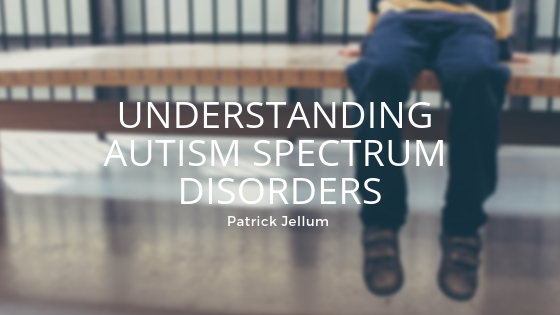Autism is a spectrum disorder and affects everyone differently. Each child on the spectrum has unique symptoms, challenges, and abilities and learning how to handle those differences will help understand the child better.
Autism is not a single disorder, and as a spectrum disorder, it has core symptoms, and everyone on the spectrum struggles with some degree of social interaction, empathy, communication, and behavior. The level of an individual’s disability and the combination of the symptoms varies from person to person.
Terms to know
Anyone who has a child with autism or works with a child with autism is familiar with the different terms associated with the disorder. While the terms can be confusing because there are so many of them, but doctors, therapists, and parents may use them in other ways.
- High-functioning autism – often referred to as Asperger’s syndrome, high-functioning is most times diagnosed in teens or adults.
- Atypical autism – this developmental disorder does not fit the diagnosis for other specific spectrum disorders.
- Pervasive developmental disorder – pervasive developmental disorders are a group of disorders characterized by developmental delays of socialization and communication skills.
Regardless of what autism is referred to, individuals with an autism spectrum disorder need to feel like they are important and they matter. Labeling the disorder will tell you exactly what challenges a child will have, but it is important to find a treatment that addresses a child’s needs instead of directly focusing on labeling the problem.
Understanding social behavior
Children and adults with autism often struggle with basic social interactions. They often show signs of unusual or inappropriate body language and facial expressions while avoiding eye contact or using expressions that do not match what they are saying. They can also show a lack of interest in the things other people are sharing. Individuals with autism are also very unlikely to approach other people for social interaction and can look aloof and detached during conversations. These are just some of the signs that individuals with autism show during social interaction. These signs should not be ignored but handled in a way that sill allows the child or adult to feel safe.
While this is only scratching the surface of autism and the signs of it, there is much more to learn. If you believe a child is displaying signs of autism, have them evaluated by a developmental pediatrician, pediatric neurologist, child psychologist/psychiatrist, or speech and occupational therapist.

